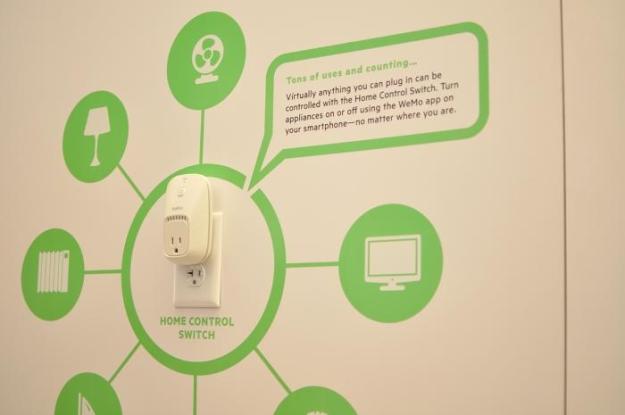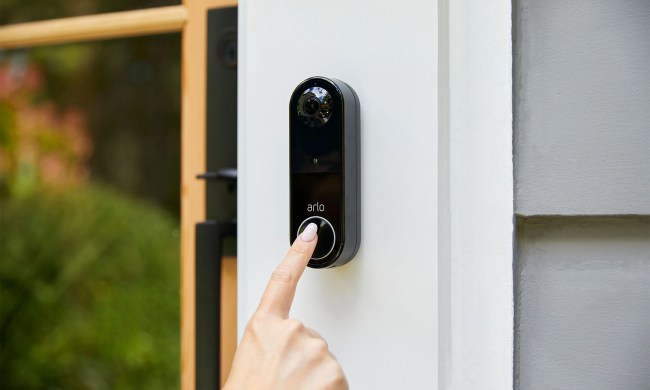 Keeping with the popular CES theme of home connectivity, Belkin announced several products that expand consumers’ opportunities for creating something of a “smart home,” including the WeMo line of products. Smart technology for homes has been around for some time, but it usually comes with an outrageous price tag and requires some form of custom building or designing. These factors make it not an easy (or inexpensive) task. The new WeMo line from Belkin aims to give consumers custom-configurable technology for home electronics without the high price tag or commitment.
Keeping with the popular CES theme of home connectivity, Belkin announced several products that expand consumers’ opportunities for creating something of a “smart home,” including the WeMo line of products. Smart technology for homes has been around for some time, but it usually comes with an outrageous price tag and requires some form of custom building or designing. These factors make it not an easy (or inexpensive) task. The new WeMo line from Belkin aims to give consumers custom-configurable technology for home electronics without the high price tag or commitment.

The second product in the new line is the WeMo Motion Sensor ($60), which is pretty self-explanatory; it will turn a light or other device on and off when motion is sensed or the room is empty. This can be used by itself or in tandem with the Home Control Switch to create a system of home connectivity. Both of these products will be available in March along with the free WeMo app, with more products launching in the fall of this year.
Other additions to the WeMo line will likely include a garage door opener, a door lock, a baby monitor, and light controls, all of which are still in development but may launch by the fall.

The company is also working on a unit that would allow remote control, recording, and viewing of DVR content on mobile devices, but no word yet on the specifics of this.


